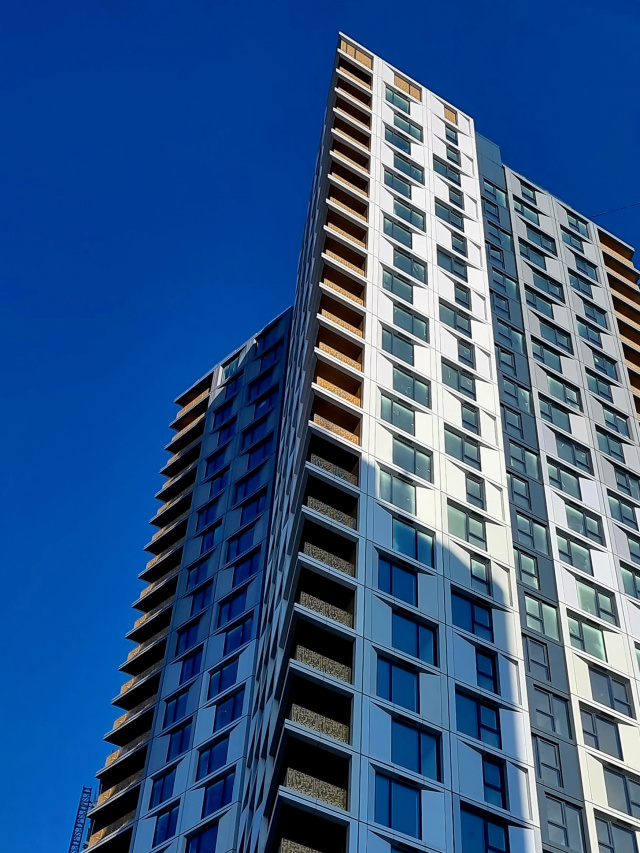
Lewisham Gateway
London
[ 318 ]
accomplishment
2019–2022
investor
Muse Developments
architect
Axis Architects
type of construction
element façade with aluminium cladding in 8 colour variants, modular balconies including railings, and stick facade on the ground floor with 3D-shaped cassettes
general contractor
Balfour Beatty
project volume of the facade
20–40 mil €
Sipral helps to fulfil the sustainable community vision and strategy of Lewisham Gateway in London. By contributing with the supply of the façade system Sipral helps to “turn Lewisham into the best place in London for live, work and learn”.
Thanks to the active participation of the community, Lewisham Gateway, an area in the south-east of London, is being transformed into a safe and diversely vibrant place. One of the key aspects of the strategy and development is the construction of high-quality housing providing people with a pleasant living environment. This project is implemented by several entities that are jointly involved in the construction of the largest development project in this area to date. The project was originally designed by UN Studio and, subsequently, the British Axis Architects took charge over the project as a local architect studio during the preparatory and implementing work. Balfour Beatty is the general contractor for the project, co-operating in the construction on behalf of Muse Developments with the London Borough of Lewisham, the Mayor of London and the Transport for London integrated authority.
The entire construction project is divided into two phases. Sipral contributes to the second phase; it realizes the façade of the project’s tallest 31-storey building (100 m tall) labelled D2. The bottom two floors have a stick façade, which is closed on the sides by cladding made of 3D-shaped aluminium sheets. Although very interesting, this element brings many challenges in terms of its design, production and assembly. These floors will serve for commercial use. A major part of the building will be residential. On the top floors, the homeowners will have an amazing view from large terraces.
The diversity of materials shapes the architecture and design of the entire structure. The project is exceptional due to its composition and colours: each element is unique and original. Each level of the outer envelope consists of 106 modules comprising up to 85 series of elements of different shapes and colours. Although the shape composition is repeated on every other level, the colour scale, which includes up to 8 different shades, increases the complexity of the entire process. The building’s 7 slightly different shades of grey are disrupted by irregular gold glazing on the balconies. There are 8 different types of balconies on each storey. The balconies are accessed via sliding doors and single leaf outswing doors. Another technical detail in the modules is the installation of ventilation piping through the wall and the module into the interior of the building.
British standards also bring increased demands on the construction. In this case modules are also equipped with passive fire protection, doubled in some places. The said parameters have significantly affected the entire project from the very beginning of its construction. The structural design and specificity of the façade modules have required very strict and detailed planning of the entire process, from transport of the individual components for production to the actual installation of the modules directly at the construction site.
Visualization (c): Balfour Beatty